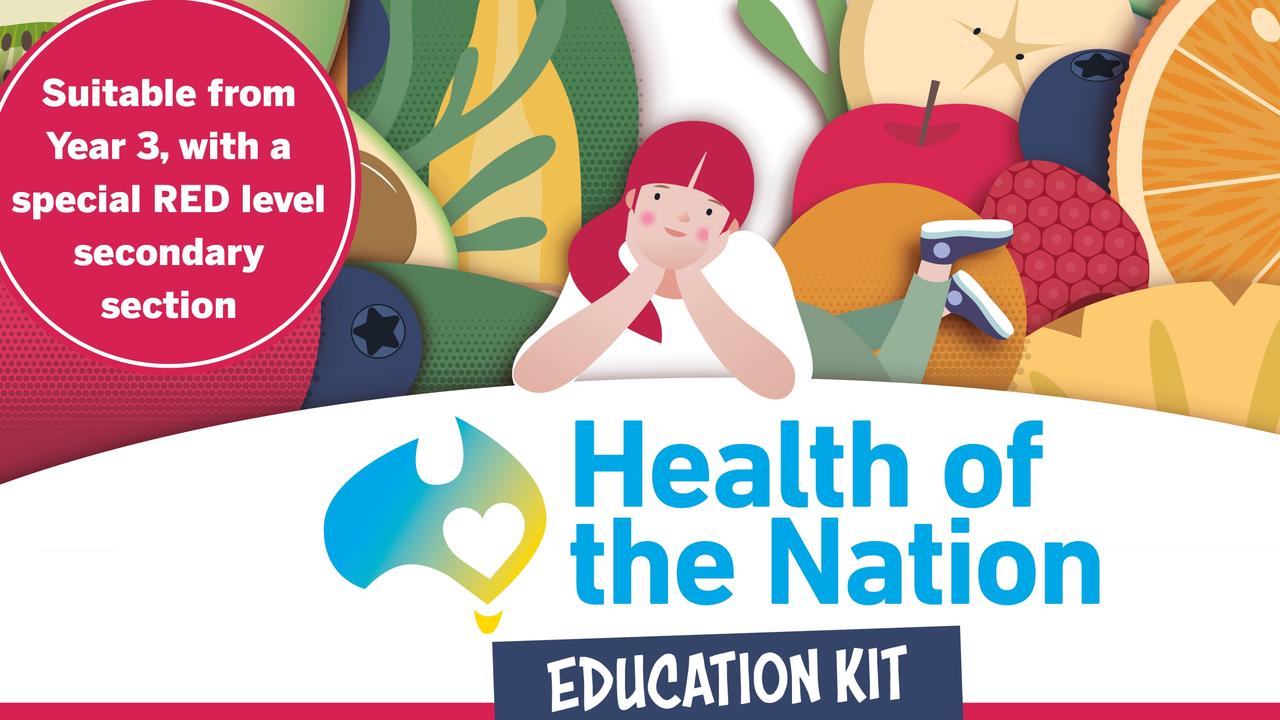Health of the Nation 2024: How much food — and what type — should children eat each day?
Part 2: Only 2 per cent of schoolkids eat the right amount of vegies and teens are risking anxiety with the high sugar levels they consume. Discover which foods you need to stay healthy
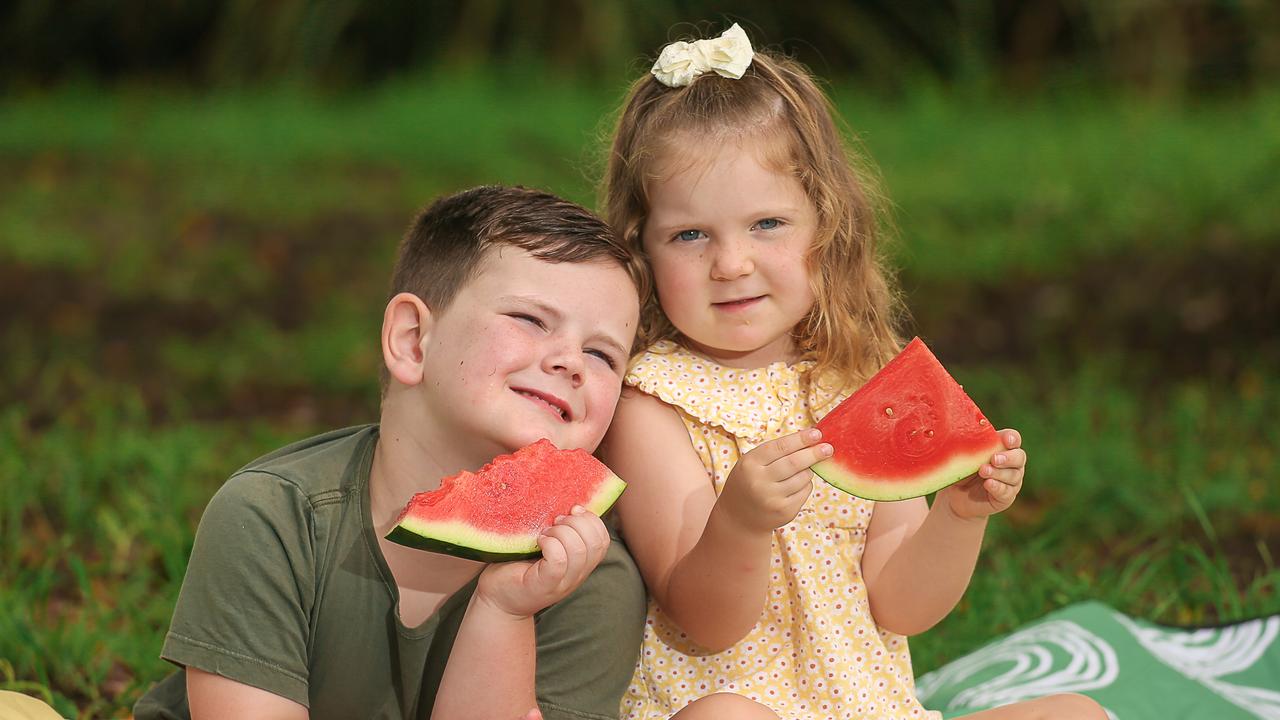
READING LEVEL: GREEN
Only one in three kids are eating vegetables every day, a new survey about the health of Australians has found.
More than half of kids (55 per cent) eat chocolates and lollies more than once a week and three in four (74 per cent) eat potato crisps more than once a week, the News Corp Australia Health of the Nation survey of 3100 Australians discovered.
This is even though our dietary guidelines* suggest these should be one-off, once-a-week treats.
The latest Australian Bureau of Statistics research discovered fewer than 2 per cent of primary school-aged kids are meeting the national dietary guidelines for eating vegetables.
And research from Life Ed Australia shows that vegies and protein are the top food items being left out by parents when packing their child’s school lunchbox.
“This is despite the fact that these foods provide children with the best source of sustained* energy,” said Life Ed Australia CEO Russell D’Costa.
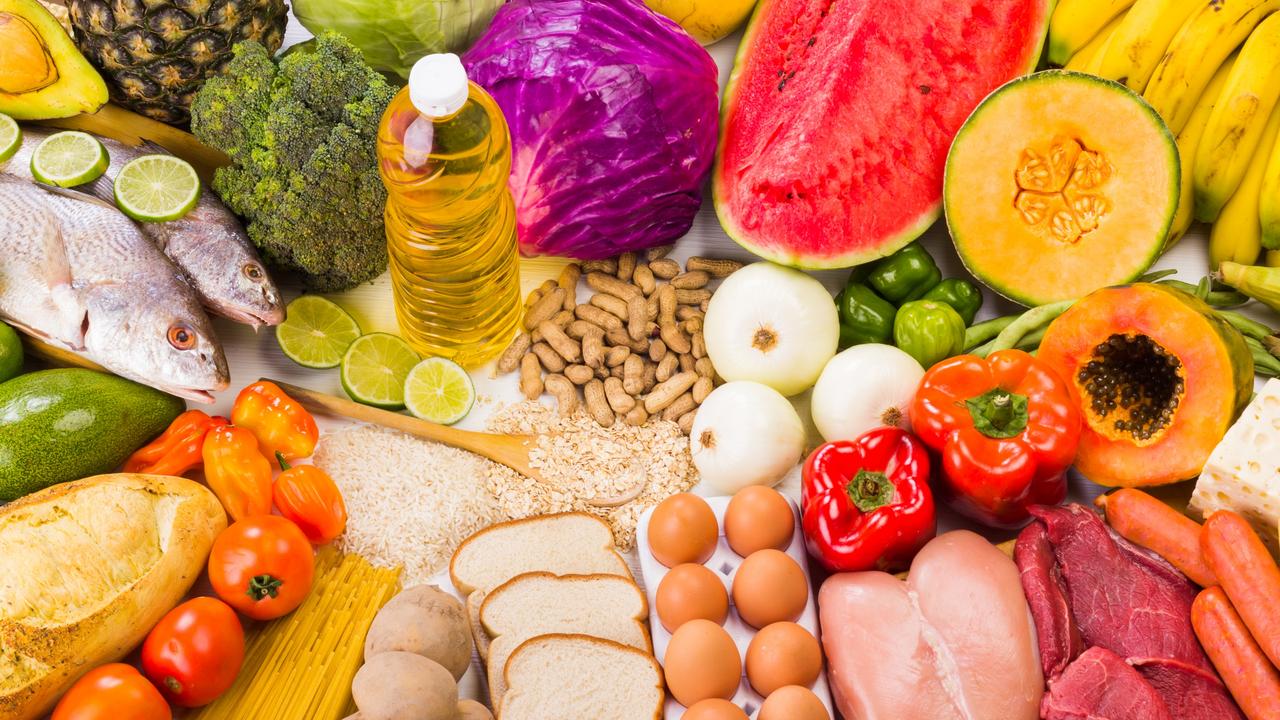
He said parents had good intentions* when feeding their school-aged children but it doesn’t always result in the right foods making it into lunchboxes.
So, how many vegetables should you have per day?
If you’re a girl, you need 4.5 serves of vegies. If you’re a boy in primary school you need 4.5 serves until age eight, and from nine to 11, you need to increase it to five serves per day.
For teenage boys and girls, this jumps to between five and 5.5 serves.
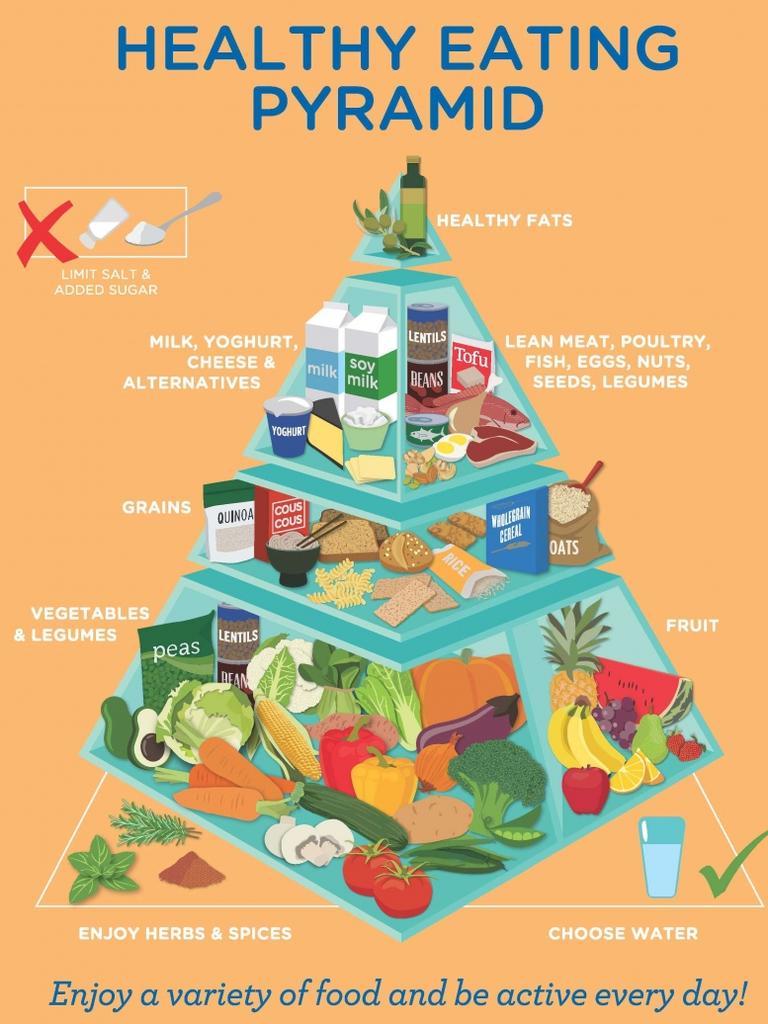
WHAT ARE THE DIETARY GUIDELINES?
The Australian Dietary Guidelines are designed to help Aussie kids and adults follow a balanced diet and eat the right kind and amounts of food to keep healthy.
They are based on scientific findings and research and include:
- Achieving and maintaining a healthy weight, be physically active and choose amounts of nutritious foods and drinks to meet your energy needs.
Children and teens should eat the recommended serves of nutritious* foods to grow and develop normally. (See graphic below).
They should be physically active every day and their growth should be checked regularly. - The guidelines want Australians to enjoy a wide variety of nutritious foods from these five food groups each day:
1. Plenty of vegetables of different types and colours
2. Fruit
3. Grain (cereal) foods, mostly wholegrain and/or high cereal fibre varieties, such as breads, cereals, rice, pasta, noodles, polenta, couscous, oats, quinoa and barley
4. Lean meats and poultry, fish, eggs, tofu, nuts and seeds, and legumes/beans
5. Milk, yoghurt, cheese and/or their alternatives, mostly reduced fat
The guidelines also recommend drinking plenty of water. - They suggest limiting foods that have saturated fat (such as many biscuits, cakes, pastries, pies, burgers, pizza, fried foods, potato chips and crisps) along with added salt and added sugar (such as lollies, sugar-sweetened soft drinks, cordial, fruit juice, energy and sports drinks).
EXPLORING FOOD TOGETHER
Mother-of-two Jacinta Rogers understands the importance of serving up healthy options and the right portion sizes for her children and is teaching them about it as they grow.
As a favourite activity, the family explores local markets together, helping to spark curiosity in Reine, five, and Myah, two, around different types of foods on offer.
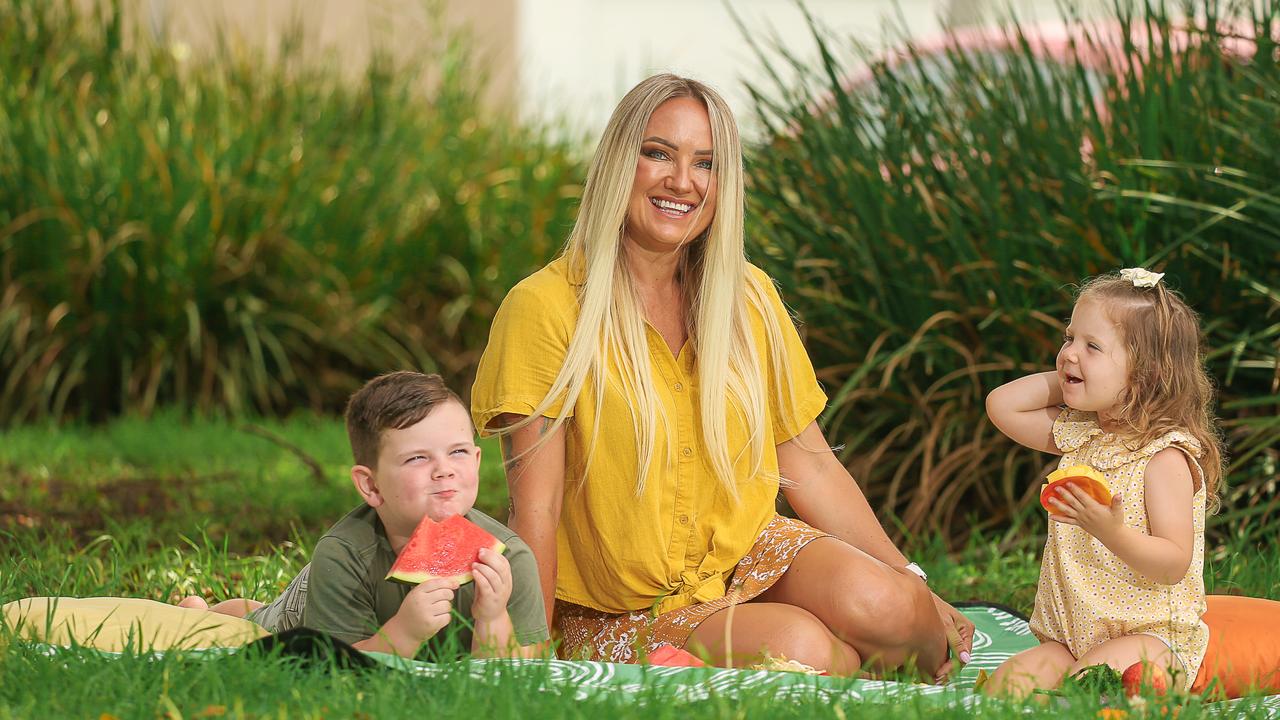
“Involving them in the selection process encourages them to think about their preferences* and teaches valuable life skills, like understanding what’s in season and meal planning,” Ms Rogers said.
“When it comes to food, we prioritise* fresh wholefoods while maintaining a fun positive balance,” she said.
FOOD INTOLERANCES AND ALLERGIES
Australian children have the highest prevalence of food allergies in the world.
Nutrition Australia has found 4-8 per cent of children and 1 to 2 per cent of adults have food allergies across our nation.
The most common foods that Australians are allergic to include: egg, milk, peanuts, tree nuts, sesame, wheat, soy, fish and seafood.
Thankfully, companies are now producing foods and drinks to cater for allergies including gluten-free products such as bread and pasta, A2 milk which removes the A1 protein and makes it easier to digest and other forms of milk from almonds, coconuts and more.
Food intolerances are a type of food sensitivity that causes a reaction in our bodies.
Food intolerance reactions are different to food allergies as they are caused by food additives and naturally occurring food chemicals, as opposed to specific food proteins as is the case for allergies.
If you notice that certain foods or drink cause a reaction in your body (such as hives, difficulty breathing, stomach pains or headaches), tell your parents or carer and make an appointment with your doctor.
BITING INTO TEENAGE ANXIETY
Teenagers who cut the amount of sugary drinks they consume and swap junk food for fruit and vegetables could cut their risk of developing depression* and anxiety*.
It would also provide the protein and calcium they need for the huge growth spurt they experience during these years.
“During adolescence, every body system is changing and growing and maturing, and they really need to eat well during that time to be able to develop as best as they can for the rest of their lives,” University of Sydney dietitian Dr Stephanie Partridge said.
“The more ultra-processed foods you eat, the more your risk for developing depression and anxiety over time,” Deakin University nutritional psychiatry researcher Dr Melissa Lane said.

Ultra-processed foods generally contain ingredients typically not used in home cooking.
Fruit juices, flavoured yoghurts, margarine, pre-made food packets, ready-to-heat-and-eat pasta dishes – even diet shakes and bars – these all fall into that category and all put you at risk, Dr Lane said.
Forty-one per cent of Aussies teens’ energy intake comes from junk foods, according to the Australian Institute of Health and Welfare.
Only 2 per cent of male teens and 7 per cent of teenage girls eat the 5.5 serves of vegetables they need each day, while seven in 10 teenagers are drinking sugar-sweetened drinks. Obesity is a problem for more than a quarter of teens.
DID YOU KNOW?
How much you eat or exercise are not the only things that determine how much you weigh.
While a balanced diet full of nutritious food and an active lifestyle where you move most days is recommended to prevent obesity, here are some examples of things that can affect weight:
- Genetics*: healthy weight ranges are different for some cultural groups
- Where you live: access to healthy food — and the cost of it — is sometimes difficult in remote areas or poorer parts of a country
- Medical conditions and disability: a medical condition or medications that affect appetite or metabolism* or the ability to chew and swallow or prepare food for yourself.
- Mental health: this can affect appetite and motivation to shop and cook healthy food or be active.
POLL
GLOSSARY
- dietary guidelines: advice on what to eat and drink to meet nutrient needs, promote health, and prevent disease
- sustained: supported or kept going
- intentions: plans you aim to carry out
- nutritious: having a large amount of vitamins, minerals, or other nutrients
- preferences: something that is liked better
- prioritise: to treat something as more important than other things
- depression: a mental health condition that makes you feel very sad and hopeless
- anxiety: what we feel when we are worried, tense or afraid
- genetics: genes and traits that are passed down from one generation to the next
- metabolism: chemical reactions in the body’s cells that change food into energy
QUICK QUIZ
1. How many Australian kids eat lollies and chocolate more than once a week?
2. How many serves of vegetables do primary school girls and boys need?
3. Name 3 foods with saturated fats that you should limit in your diet.
4. Why are sugary drinks a risk for teenagers?
5. What factors, other than diet and exercise, can affect your weight?
LISTEN TO THIS STORY
CLASSROOM ACTIVITIES
Kids News has produced a free Health of the Nation education workbook full of classroom activities to support the information and expert advice in this series.
It has been crafted by one of our expert Kids News teachers and complements the information in these education kit articles.
Sign up for the free Kids News weekly newsletter HERE to access the education workbook plus more news and initiatives.
EXTRA READING
PART 3: How much exercise do kids need?
